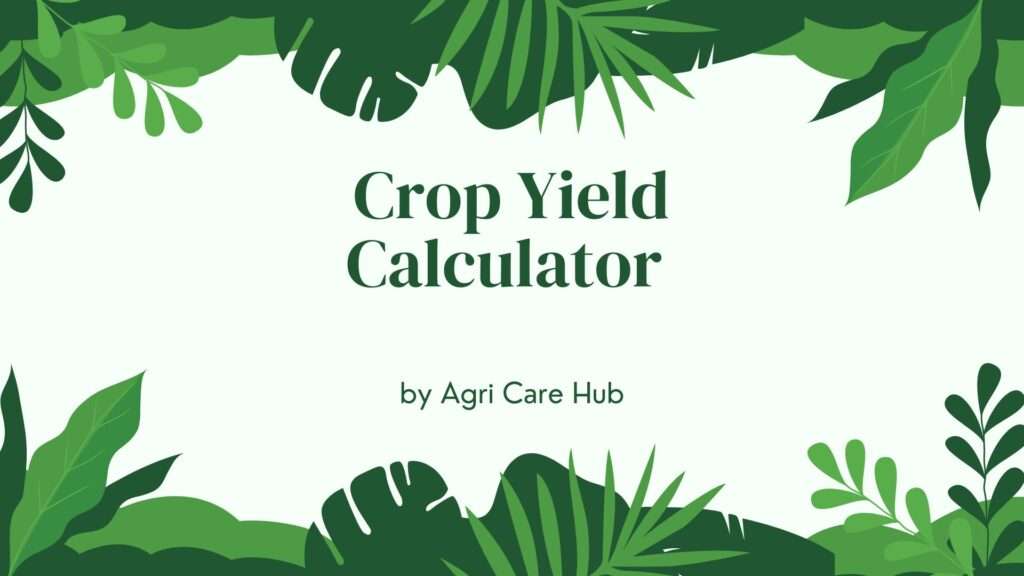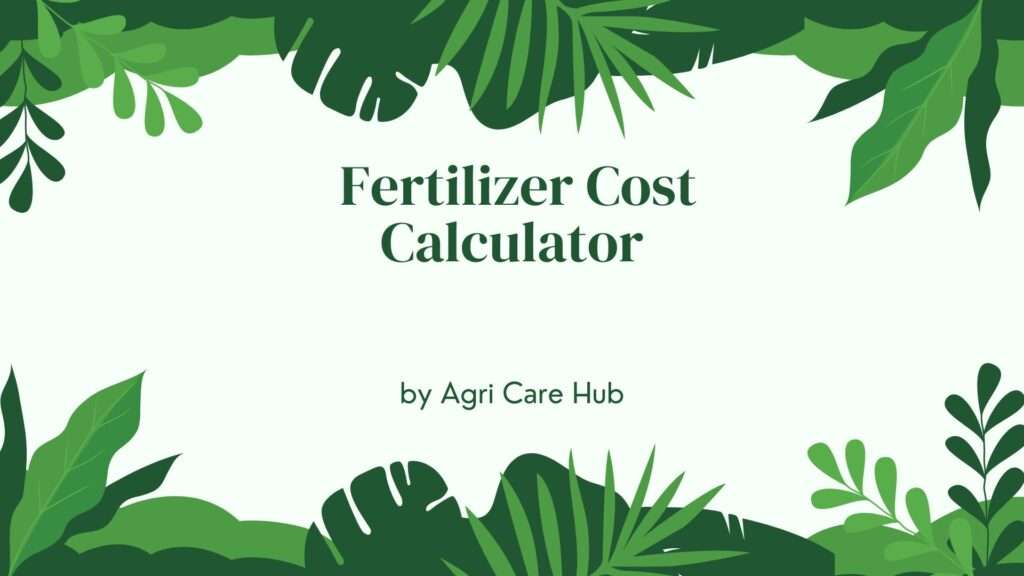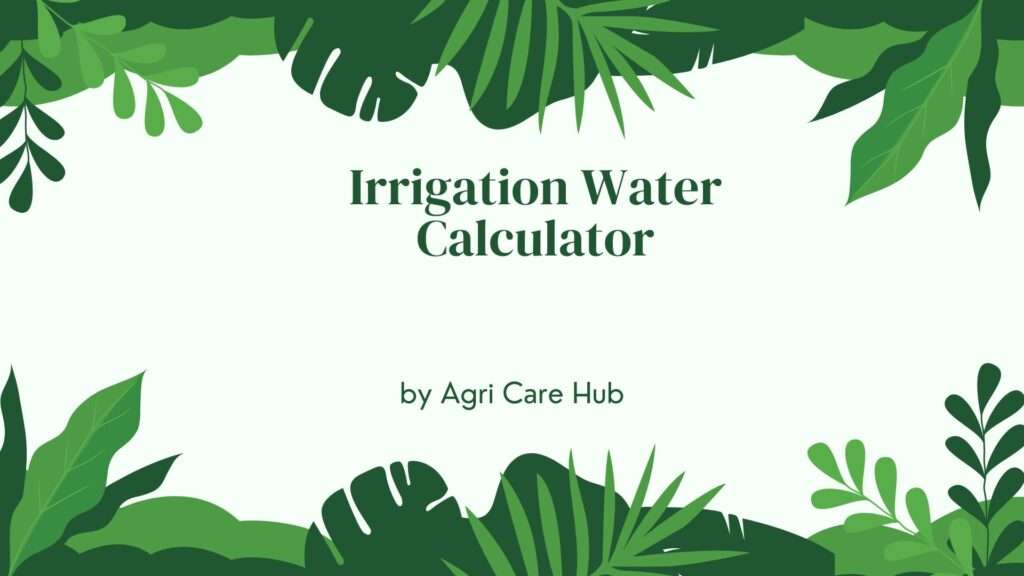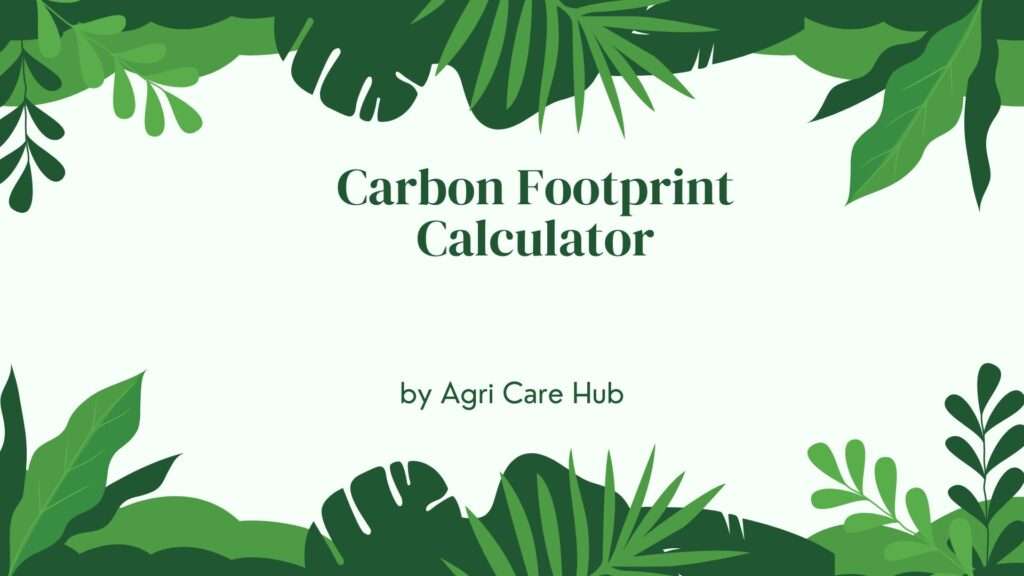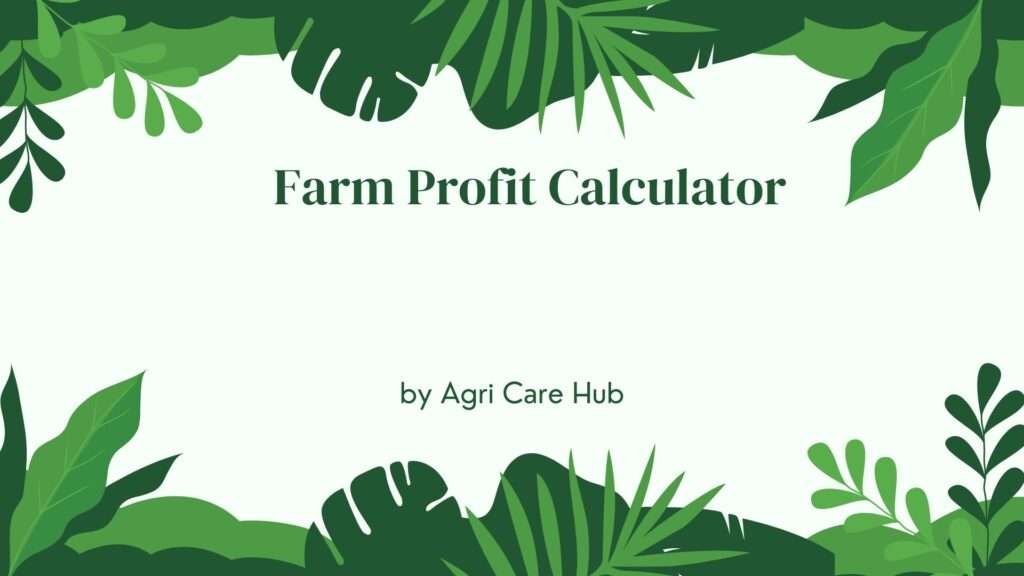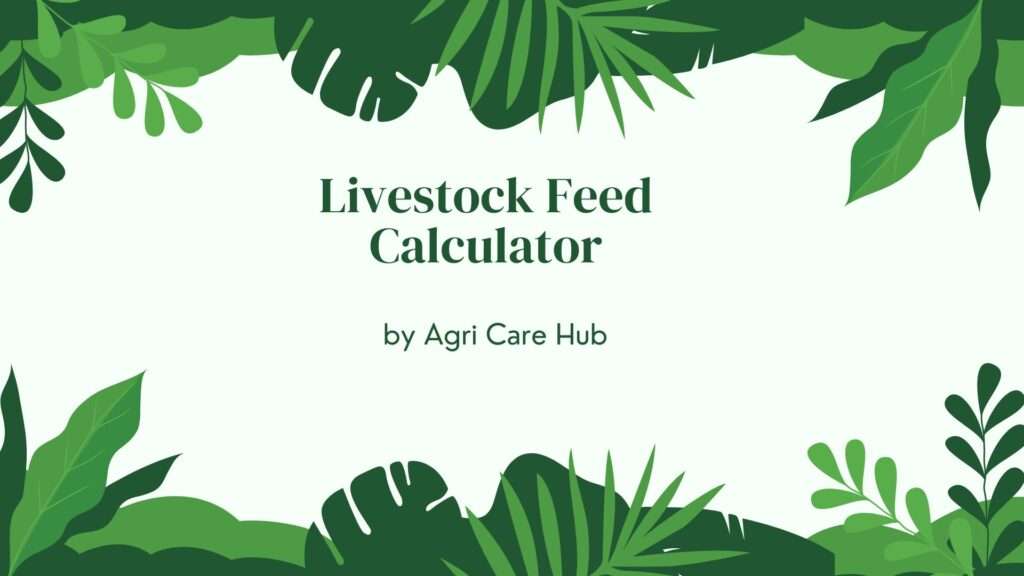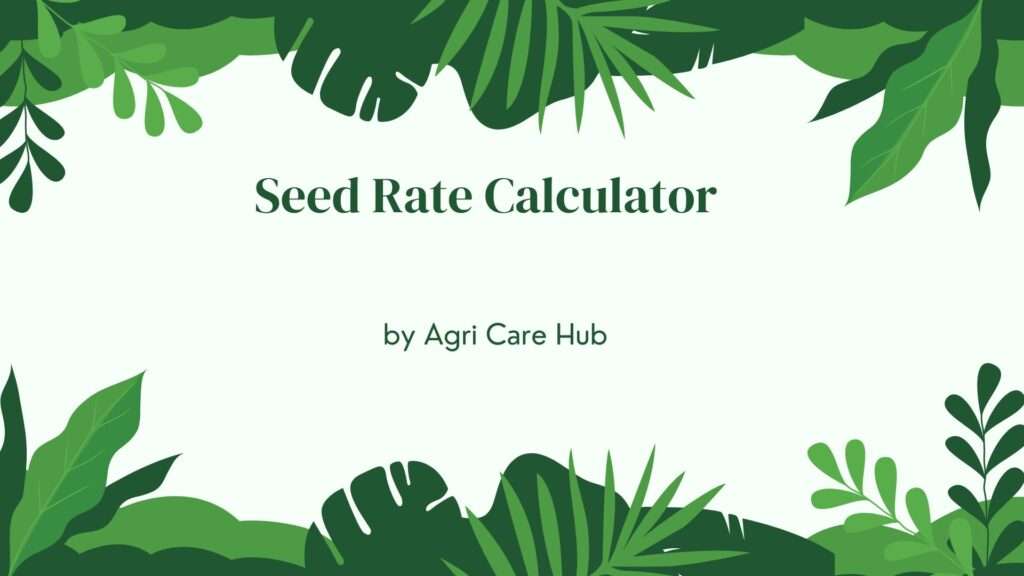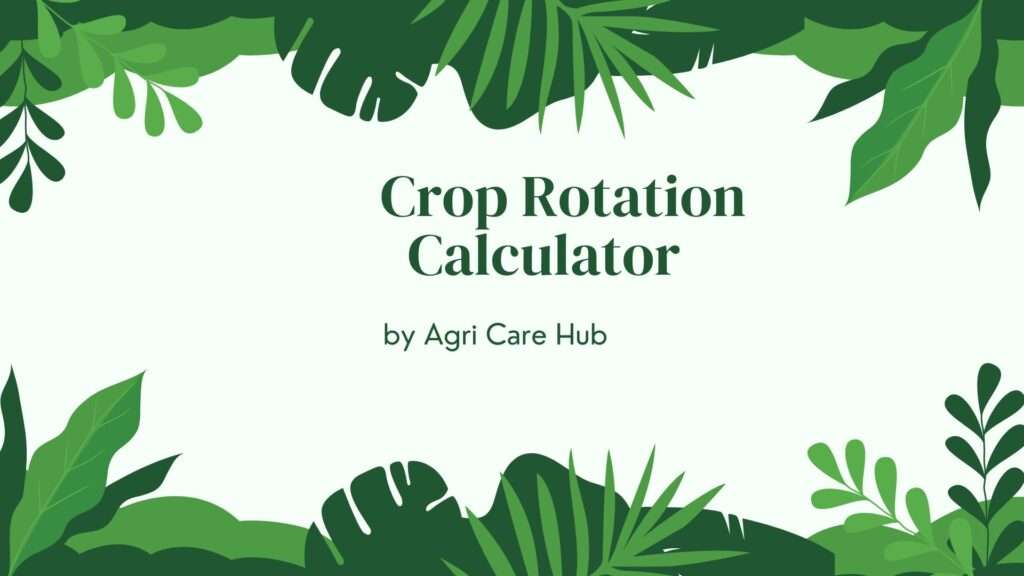Soil Fertility Optimization Calculator
Input Soil Parameters
About the Soil Fertility Optimization Calculator
The Soil Fertility Optimization Calculator is a scientifically designed tool to help farmers, gardeners, and agricultural enthusiasts assess and enhance soil fertility for optimal crop growth. By inputting key soil parameters such as Nitrogen (N), Phosphorus (P), Potassium (K), pH, and organic matter content, this calculator provides tailored recommendations for fertilizer application and soil management practices. Built on peer-reviewed scientific principles, it ensures accurate and reliable results to support sustainable agriculture. For more resources on sustainable farming, visit Agri Care Hub.
Importance of the Soil Fertility Optimization Calculator
Soil fertility is the backbone of successful agriculture, determining the ability of soil to sustain plant growth and produce high-quality yields. This calculator is crucial because it simplifies the complex process of assessing soil nutrient levels and provides actionable insights. By analyzing critical factors like Nitrogen, Phosphorus, Potassium, pH, and organic matter, it helps users understand their soil’s health and make informed decisions to improve productivity. Maintaining optimal soil fertility not only boosts crop yields but also promotes environmental sustainability by reducing nutrient runoff and soil degradation.
Soil fertility management is vital in addressing global challenges such as food security and climate change. Overuse of chemical fertilizers can lead to soil degradation, nutrient imbalances, and environmental pollution, such as eutrophication caused by excess phosphorus. This calculator helps mitigate these issues by recommending precise fertilizer applications, ensuring nutrients are applied only where needed. It also encourages the use of organic matter to enhance soil structure and water retention, which are essential for long-term soil health.
User Guidelines
To use the Soil Fertility Optimization Calculator effectively, follow these steps:
- Collect Soil Data: Obtain soil test results for Nitrogen (ppm), Phosphorus (ppm), Potassium (ppm), pH, and organic matter (%). These can be acquired through a local agricultural extension service or soil testing lab.
- Input Values: Enter the values into the respective fields in the calculator. Ensure accuracy, as incorrect inputs can affect the recommendations.
- Select Crop Type: Choose the crop you intend to grow, as nutrient requirements vary by crop (e.g., corn, wheat, soybean, rice).
- Calculate: Click the “Calculate” button to receive a detailed report on soil fertility status and recommendations for fertilizer application or soil amendments.
- Implement Recommendations: Follow the provided suggestions, which may include applying specific fertilizers, adjusting soil pH, or incorporating organic matter.
- Monitor and Retest: Regularly test your soil to track improvements and adjust management practices as needed.
The calculator is designed for ease of use, with a clean interface and clear instructions. Input fields are validated to prevent errors, and results are presented in a concise, understandable format. For additional support, consult resources at Agri Care Hub.
When and Why You Should Use the Soil Fertility Optimization Calculator
The Soil Fertility Optimization Calculator should be used whenever you plan to start a new planting season, amend soil for better yields, or address suspected nutrient deficiencies. It is particularly valuable for:
- Farmers: To maximize crop productivity and minimize input costs by applying fertilizers efficiently.
- Gardeners: To ensure home gardens have the right nutrient balance for healthy plants.
- Agricultural Researchers: To study soil fertility trends and test management strategies.
- Environmentalists: To promote sustainable practices that reduce environmental impact.
Using this calculator helps prevent over-fertilization, which can harm soil health and lead to environmental issues like water pollution. It also supports the conservation of soil organic matter, which is critical for maintaining soil structure and water retention, especially in regions prone to drought or erosion.
Soil fertility is a dynamic process influenced by factors like crop type, climate, and management practices. Regular use of this calculator ensures that your soil remains productive over time, supporting both short-term yields and long-term sustainability. It is an essential tool for anyone looking to optimize agricultural outcomes while protecting the environment.
Purpose of the Soil Fertility Optimization Calculator
The primary purpose of the Soil Fertility Optimization Calculator is to empower users with a science-based tool to assess and improve soil fertility. By analyzing key soil parameters, it provides precise recommendations to enhance nutrient availability, adjust soil pH, and increase organic matter content. This ensures that crops receive the necessary nutrients for growth while minimizing environmental harm. The calculator aligns with sustainable agriculture principles, helping users avoid practices that lead to soil depletion, such as over-reliance on chemical fertilizers or improper irrigation.
Based on established soil science principles, the calculator considers the critical roles of Nitrogen, Phosphorus, and Potassium—the primary macronutrients required for plant growth. Nitrogen supports leaf and stem growth, Phosphorus aids in root development and flowering, and Potassium enhances overall plant vigor and disease resistance. The calculator also evaluates soil pH, which affects nutrient availability, and organic matter, which improves soil structure and microbial activity. By providing tailored recommendations, it helps users achieve a balanced soil ecosystem that supports healthy crops and sustainable farming.
In regions like the Amazon, where indigenous practices have created fertile “Dark Earths,” or in Africa, where soil depletion is a challenge, tools like this calculator are invaluable. They bridge traditional knowledge with modern science, offering practical solutions for global agriculture. By using this tool, farmers can contribute to food security, reduce environmental degradation, and promote resilient farming systems.
The calculator also addresses the historical context of soil degradation, such as the impacts of colonialism and intensive farming practices that have depleted soils worldwide. By encouraging precise nutrient management and sustainable practices, it helps reverse these effects, fostering healthier soils for future generations. For further insights into soil fertility management, explore Soil Fertility Optimization on Wikipedia.
In summary, the Soil Fertility Optimization Calculator is a vital tool for modern agriculture. It combines ease of use with scientific rigor, offering a user-friendly interface and accurate recommendations. Whether you’re a farmer aiming to boost yields, a gardener nurturing a backyard plot, or an environmentalist advocating for sustainable practices, this calculator provides the insights needed to optimize soil health and achieve long-term agricultural success.
Scientific Basis of the Calculator
The Soil Fertility Optimization Calculator is grounded in peer-reviewed soil science research, ensuring accurate and reliable outputs. It evaluates soil fertility based on the following parameters:
- Nitrogen (N): Essential for vegetative growth, assessed against crop-specific thresholds (e.g., 20–50 ppm for most crops).
- Phosphorus (P): Critical for root and flower development, with optimal ranges of 15–30 ppm depending on soil type.
- Potassium (K): Supports plant vigor and stress resistance, with ideal levels of 100–200 ppm.
- Soil pH: Affects nutrient availability, with an optimal range of 5.5–7.0 for most crops.
- Organic Matter: Enhances soil structure and microbial activity, with 2–5% considered adequate for fertile soils.
These thresholds are derived from established agricultural guidelines, such as those from the USDA and soil science literature. The calculator uses these parameters to assess soil fertility and recommend fertilizer applications (e.g., N-P-K ratios like 10-10-15) or amendments like lime for pH adjustment. It also accounts for crop-specific nutrient demands, ensuring recommendations are tailored to user inputs.
By incorporating organic matter and pH, the calculator promotes sustainable practices that enhance soil health, reduce erosion, and prevent nutrient runoff. This aligns with global efforts to combat soil depletion and promote sustainable agriculture, as seen in practices like the creation of African Dark Earths or the use of biochar as a soil conditioner.

